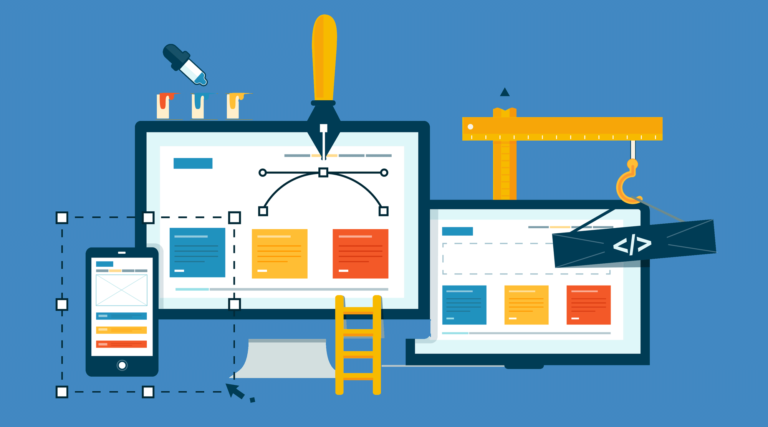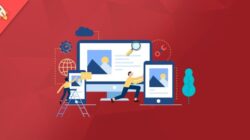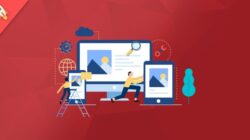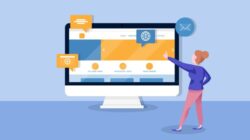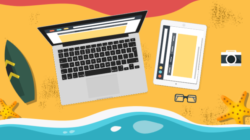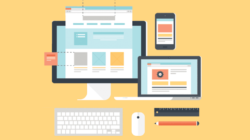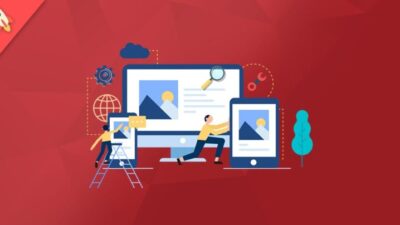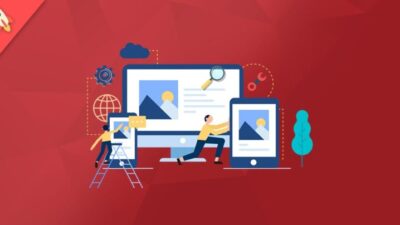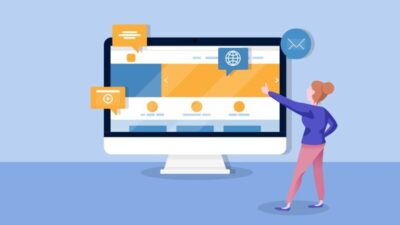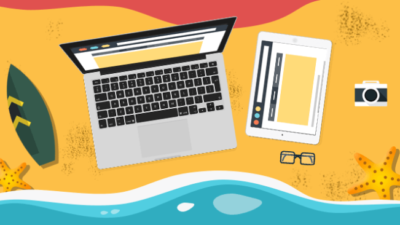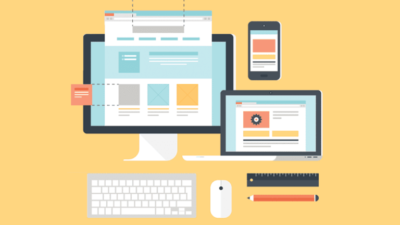A website is the primary way that people get to know about a business, so it’s critical for anyone who wants to start their own company. You can even start a business with only a few key elements in place, including a logo and a website. From there, you’ll be able to add more features so that your customers have an optimal experience when buying products or services from your company.
Logo
Your logo is the first thing people see when they visit your site, and it is important to make sure that it conveys the essence of your business. The best logos are simple, memorable and easy to read or reproduce. Your logo should also be unique so that people don’t confuse it with another business’ logo.
Website
To get started, you will need to create a website. There are many ways to do this, including using a website builder like Wix or Squarespace. The best way is to use a template that has been created for others in your industry. This saves time and money because you don’t have to hire someone else to create the site for you or purchase expensive software to build it yourself.
Once you’ve created your website, the next step is choosing a domain name (e.g., MyBusinessName) and hosting provider (website host). A domain name should be short and easy-to-remember so people can find your business online easily when they search for services like yours on Google. You can choose any name as long as it isn’t already taken by another company with similar products or services as yours—this includes preventing trademark infringement lawsuits!
You’ll also need an internet connection so customers can access all of these things from anywhere in world without having access issues such as slow speeds due too much traffic coming from one area at one time.”
Payments
Once you’ve decided on a business idea, it’s time to start thinking about how you’re going to accept payments. The way you do this can vary depending on the type of business and your target audience. For example, if you’re selling handmade burlap sacks for $50 each on Etsy or eBay, it’s probably best that your customers pay with PayPal or another online service. On the other hand, if you run a brick-and-mortar store where people can physically see what they’re buying before paying for it (or know someone who knows someone who knows someone), cash might be more convenient. To make sure all bases are covered:
- Accept payments online
- Accept payments offline
- Accept mobile payments
Customers and products
The first step to creating your product is to define the market you will be targeting. The products you sell should reflect the needs and interests of this market, and their price point should be appropriate for them.
After deciding on a target market, you will then need to think about logistics: how will customers purchase your product? You may want users on your website or app, while other businesses might prefer selling through Amazon or another online marketplace.
Once you’re sure about logistics and pricing, it’s time to create an image for yourself as a brand. This includes identifying what makes you unique from competitors in the field (or whether being unique is even desirable), defining customer service expectations and policies, developing organizational structure for shipping/returning/exchanging items purchased through your store (even if this process is handled by third-party logistics companies like UPS), establishing communication channels with customers such as emails or phone calls — eventually perhaps adding live chat functionality so that people can contact sellers directly via text message instead of waiting in queues for someone else handling customer service requests).
Logistics and shipping
The next step is figuring out how you will deliver your product to the customer. We’re going to assume that you have a finished product and are ready to sell it, but if this isn’t the case, don’t worry! The most important thing is that you have a plan for delivering what you promise and for handling returns if needed.
To get your product from manufacturer (or manufacturer’s warehouse) to customer:
- You can ship the product yourself using a carrier like UPS or FedEx
- You can hire someone else who has access to these carriers (a freight forwarding company)
Accounting
Once you have a business, you’ll need to keep track of your income and expenses. This will help you know how much money you have and what kind of business you’re running. You will also be able to see where all your money is going so that you can make sure it goes where it should.
You cannot run a successful business without knowing how much money is coming in and out, because this information is vital for making decisions about how much time or money to invest in different parts of the company. If all your customers are spending an average amount per visit, then there’s no reason why they wouldn’t return again!
Hosting and business emails
When you start a business, you need to have an email address that’s separate from your personal one. You can buy a domain name for this purpose or use services like Google Apps, which will give you an @gmail.com email address for free.
You also need web hosting. Web hosting is the service that allows you to host your website online so people can access it from anywhere in the world. Web servers store all of the files needed to run your website and deliver them when someone visits it, which means they have their own bandwidth limits (the amount of data they can transfer). If these limits are exceeded by too many visitors at once, then the server might fail and stop working altogether!
You can start a business with critical website elements.
To start a business with your website, you need to have some basic elements. Here’s what you can incorporate into your website:
- A logo
- Payment options
- Customers and products
- Logistics and shipping information (if applicable)
- Accounting data (optional)
- Hosting and business emails
Conclusion
When you start a business, you will be faced with many decisions. One of the biggest ones is what your website should look like. Whether it’s a personal blog or an eCommerce store, having a great-looking site can make all the difference between success and failure.
